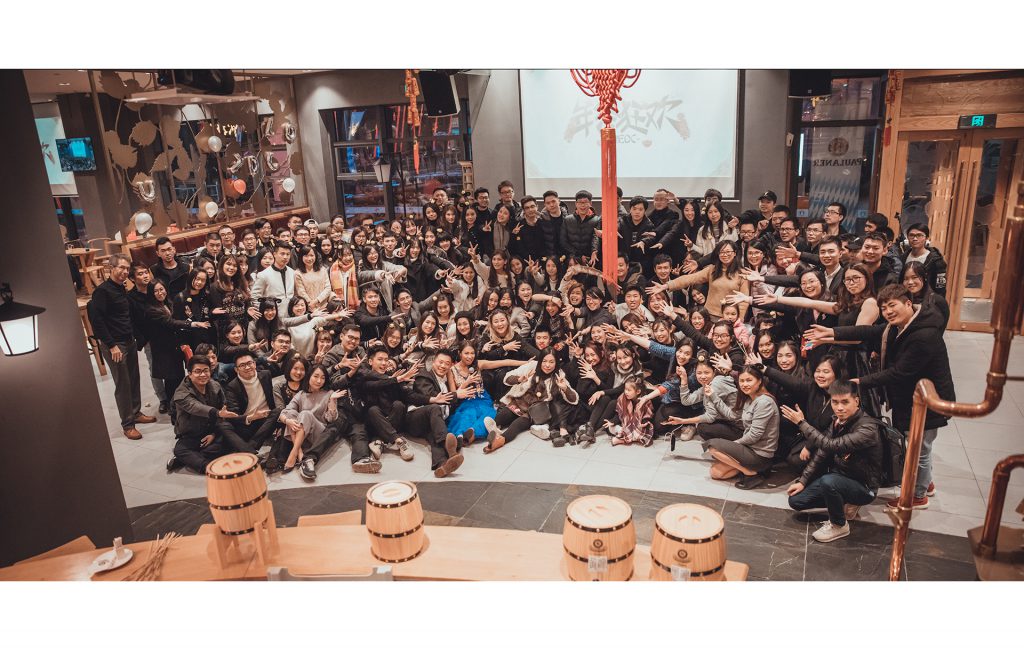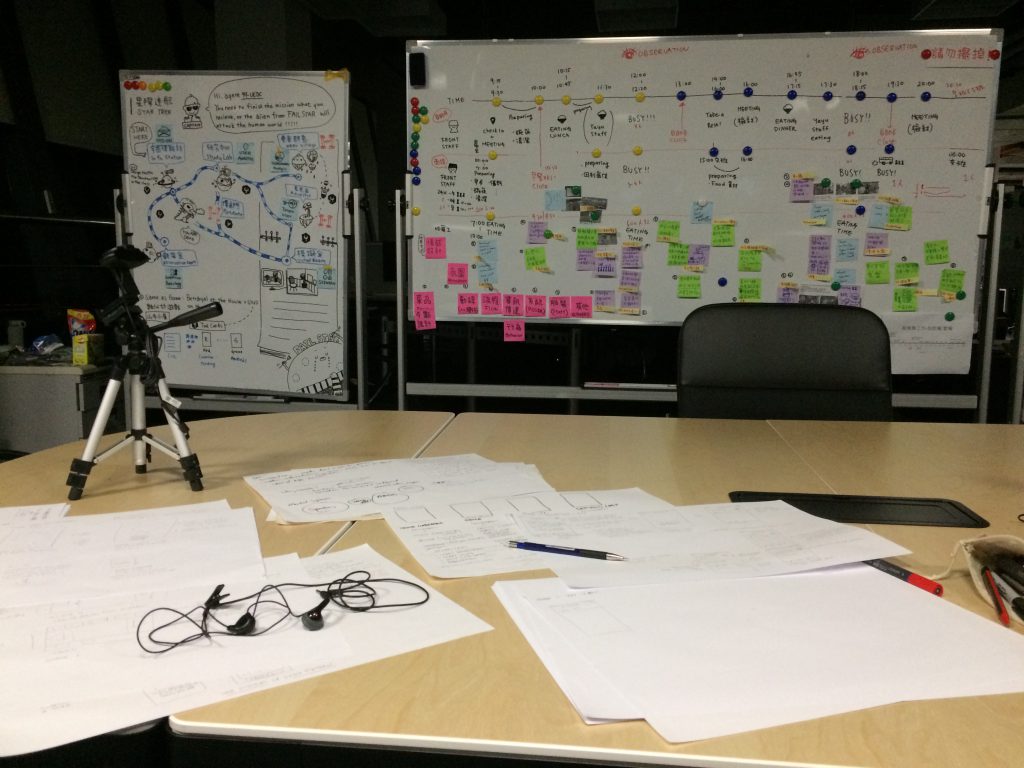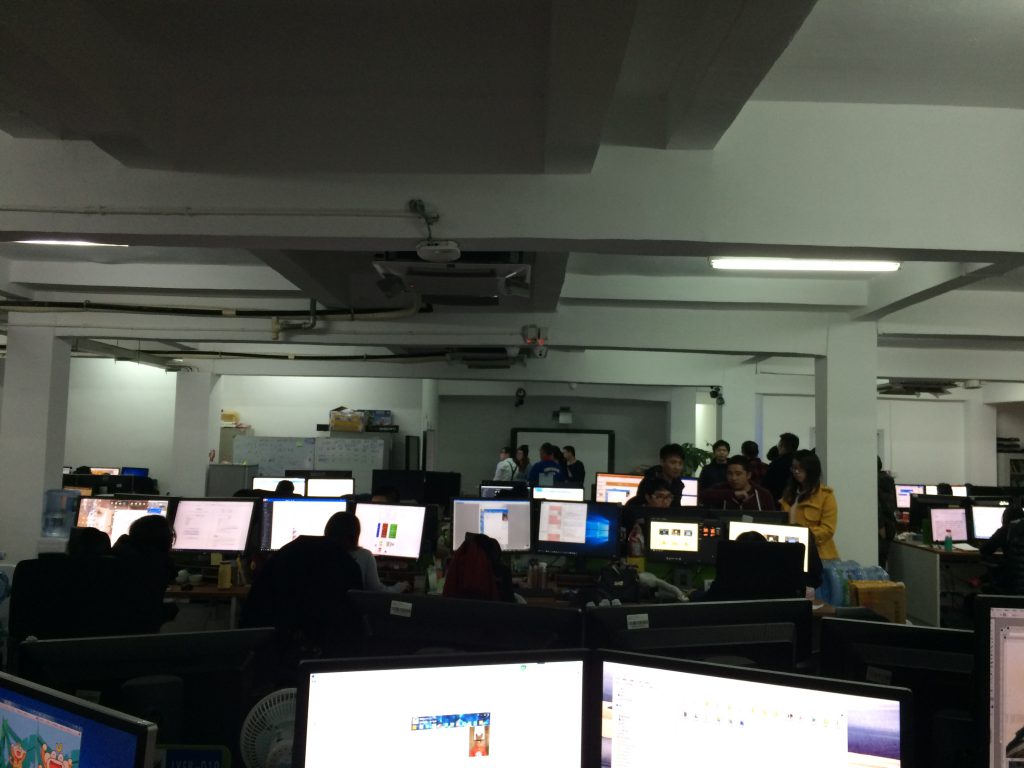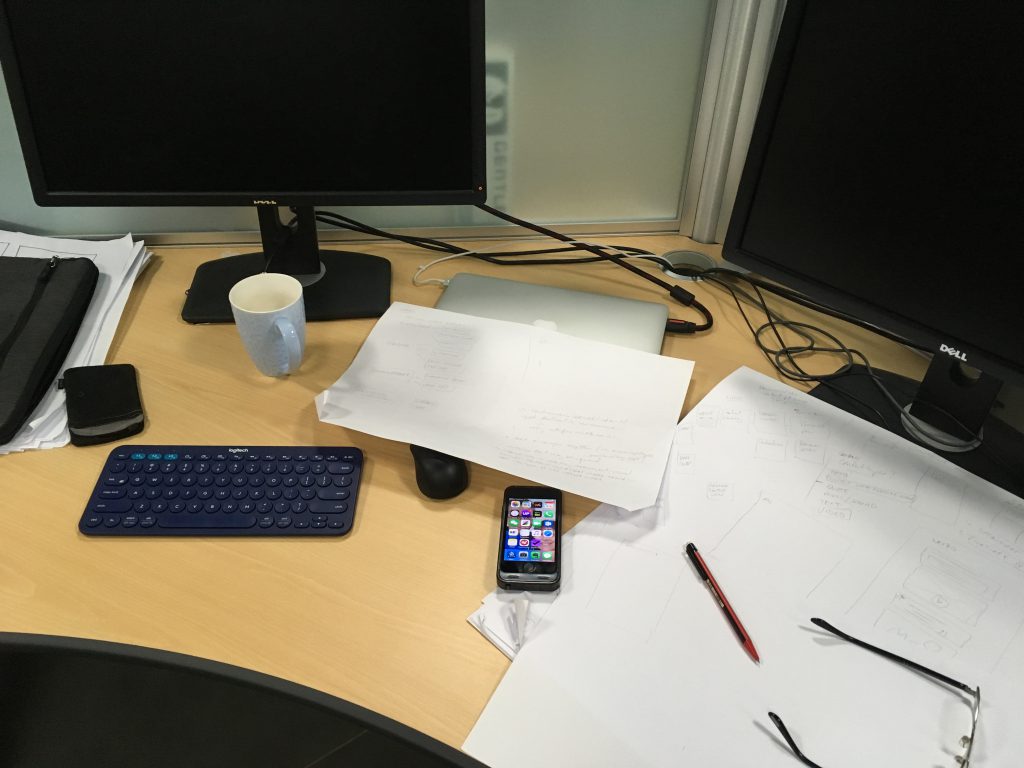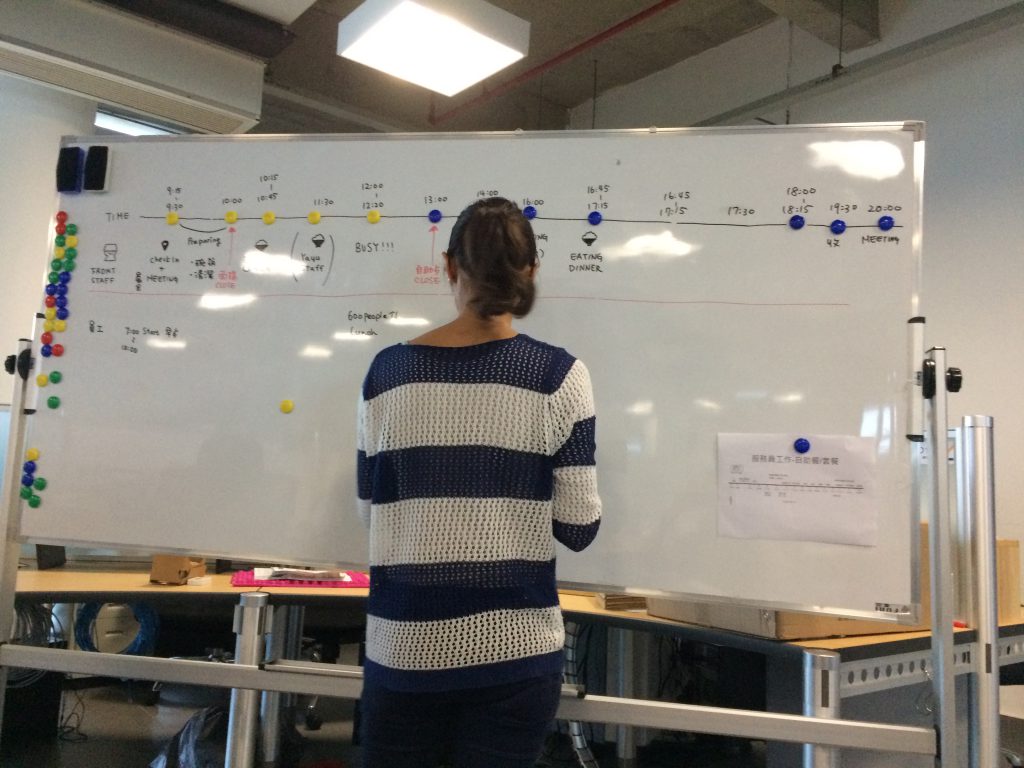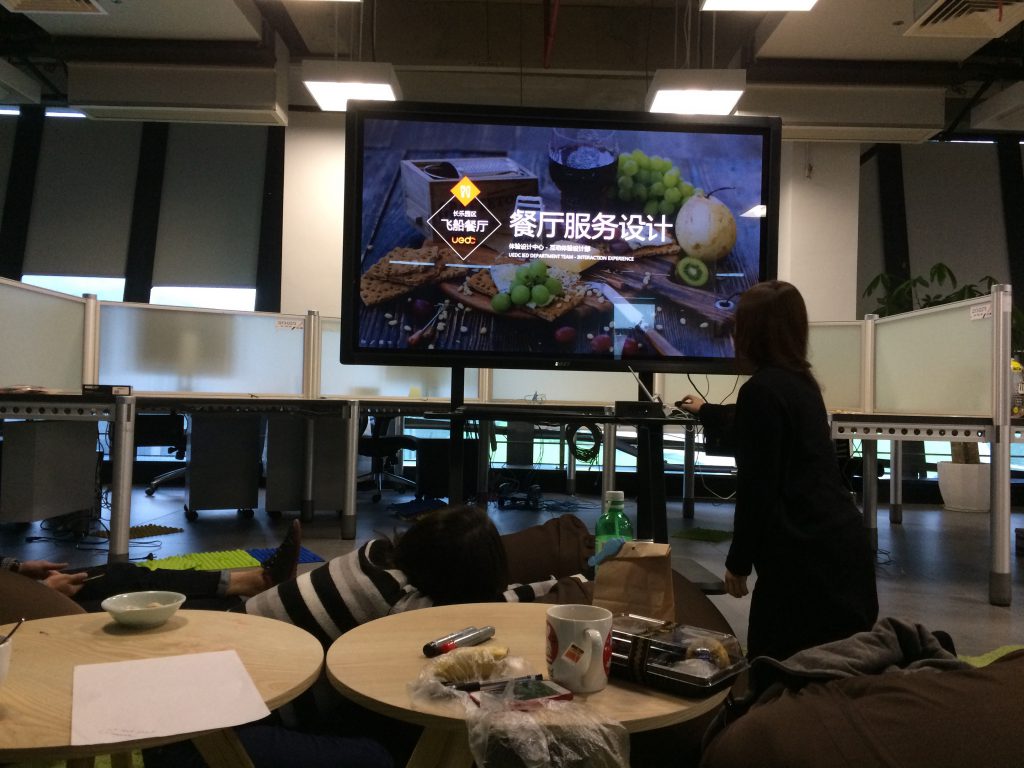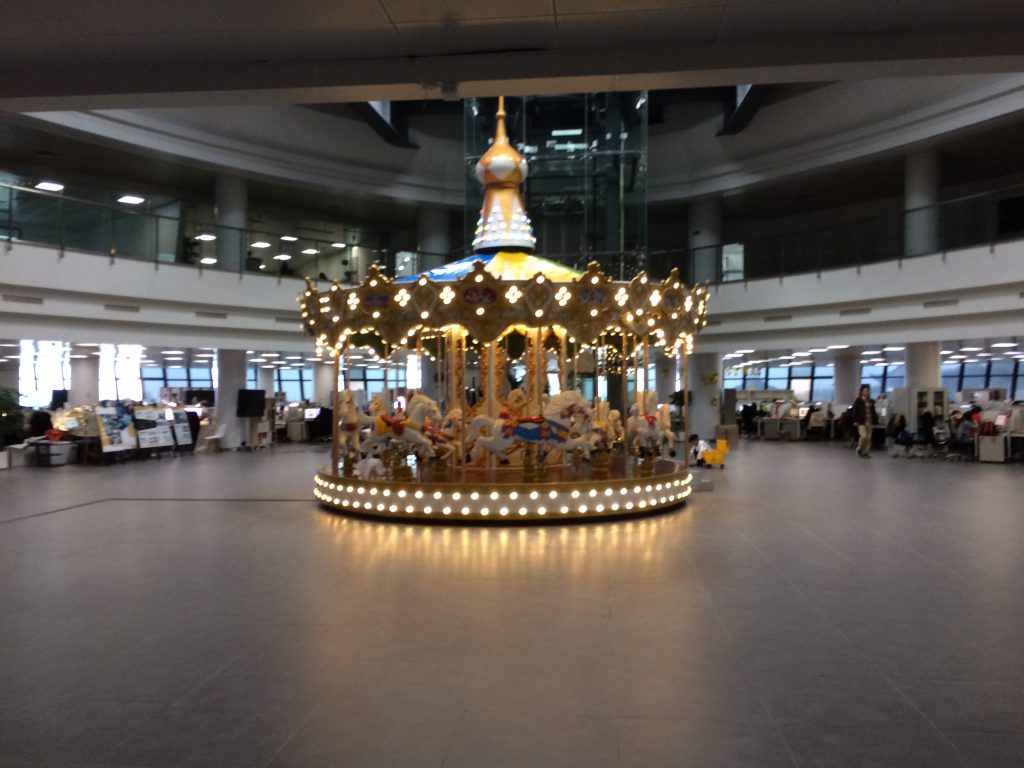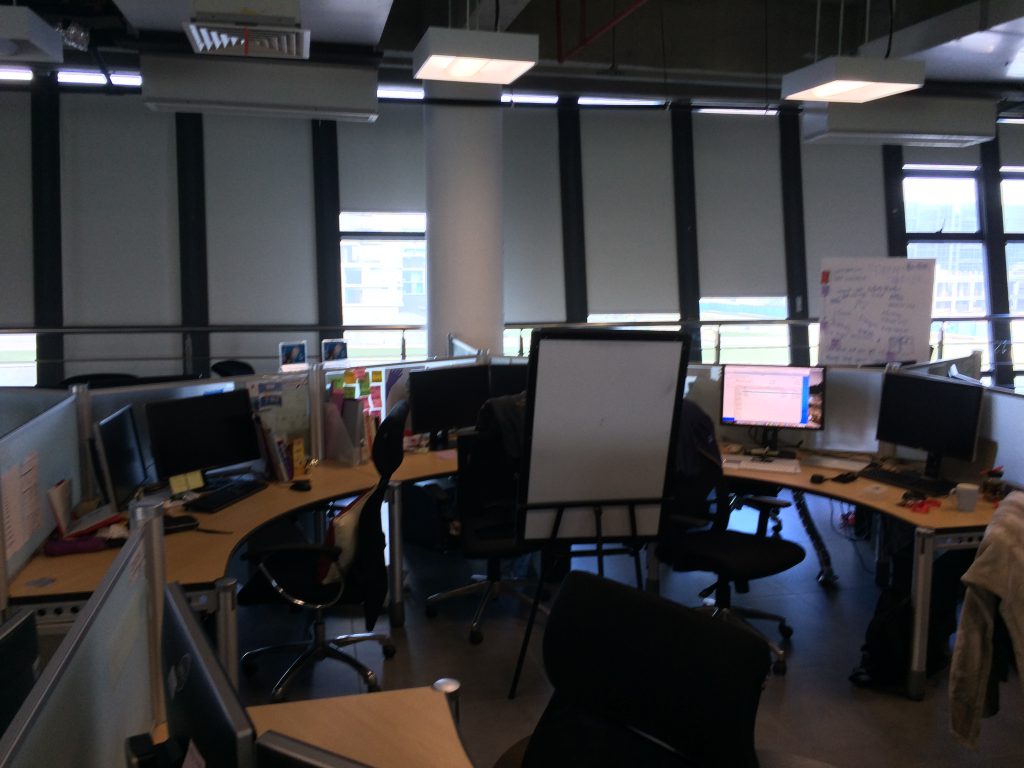How can you create products without being able to put yourself in someone else’s shoes, without caring deeply about how they will use your product and how they will feel. The same with the people you work with. If you really don’t care about them or their time, if you don’t try to help, or aren’t aware of their needs, how can you possibly work well together as a team? The best teams I’ve ever worked with were in music, where everyone intuitively worked together, communication was nothing more than a glance or a deep breathe. I often think of these questions lately.
Below is section from Stewart Butterfields recent interview in The New York Times, Is Empathy on Your Résumé?
You’ve had a couple of big successes, starting Flickr and now Slack. What are your thoughts about culture?
I really admire good restaurants. I don’t necessarily mean expensive ones. I mean restaurants that are well run with a seamless kind of flow. I notice things like whether the servers keep an eye on each other’s tables. If someone needs the check, they’ll tell each other. I think everyone likes working in an environment like that.
I played in jazz bands when I was younger, and I like playing improvisational music generally. You really have to keep your eye on everyone at the same time.
So how do you try to maintain that feel as your company grows?
One of our values is that you should be looking out for each other. Everyone should try to make the lives of everyone else who works here a little bit simpler. So if you’re going to call a meeting, you’re responsible for it, and you have to be clear what you want out of it. Have a synopsis and present well.
At the same time, if you’re going to attend a meeting, then you owe it your full attention. And if it’s not worth your attention, then say so — but don’t be a jerk about it — and leave the meeting.
People can go to work every day for a year and not really get anything done because they’re just doing the things that they felt they were supposed to be doing. We just went through this process of canceling almost every recurring meeting that we had to see which ones we really needed. We probably do need some of the ones we canceled, and they’ll come back — but we’ll wait until we actually need them again.
When we talk about the qualities we want in people, empathy is a big one. If you can empathize with people, then you can do a good job. If you have no ability to empathize, then it’s difficult to give people feedback, and it’s difficult to help people improve. Everything becomes harder.
One way that empathy manifests itself is courtesy. Respecting people’s time is important. Don’t let your colleagues down; if you say you’re going to do something, do it. A lot of the standard traits that you would look for in any kind of organization come down to courteousness. It’s not just about having a veneer of politeness, but actually trying to anticipate someone else’s needs and meeting them in advance.


